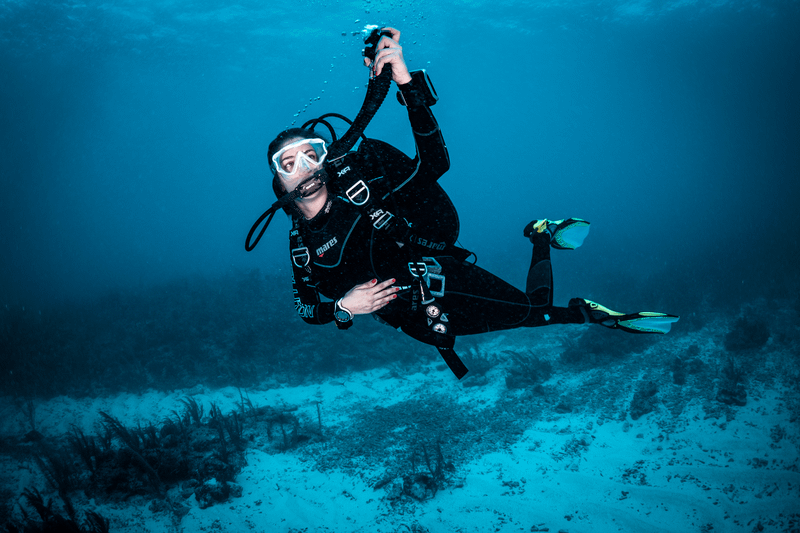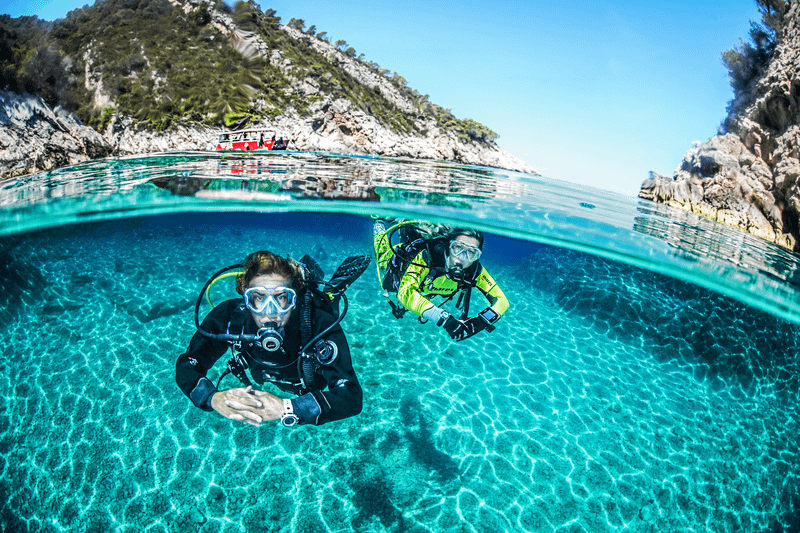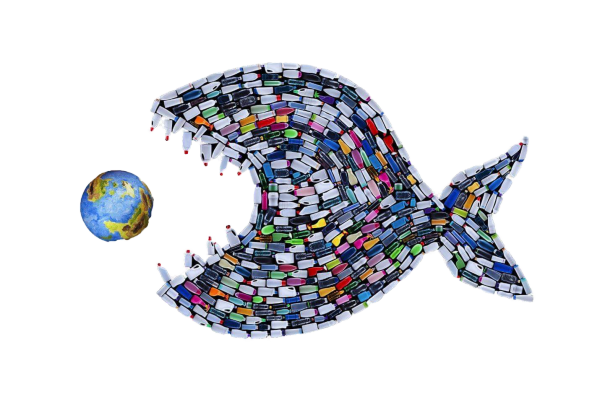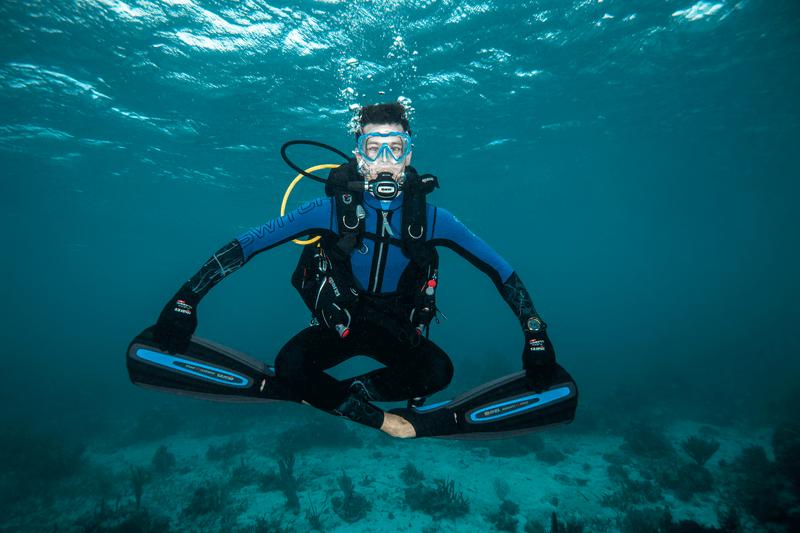Here’s a few tips, we know that it’s really the BCD, LUNGS and WEIGHTS that are the three elements involved. When we are inexperienced we usually dive with incorrect weighting, usually over weighted making it harder to maintain neutral buoyancy. Excess weight means you need to add more air into your BCD which in turn can make your profile in the water incorrect. The upright position can cause drag while diving, using more energy ,effort and air.
Underweighted divers can become quickly fatigued while trying to stay down again using more energy, effort and in turn more air, making it difficult to maintain buoyancy while exercising their safety stop.

Proper weighting requires practice and even more practice, it’s no good sitting at home wondering how to make your buoyancy better, get out and dive. Use your local dive clubs pool it‘s a great place to practice, if you can get your buoyancy in a shallow pool well done you.
Your equipment plays a massive part in your buoyancy as well as your body mass, fitness and dive environments.
Drysuits and different underwear, neoprene drysuits all need more weight compared to a thin neoprene wetsuit. Diving with a aluminium cylinder requires more weight than a steel cylinder.
Salt water is denser than freshwater therefore we need more weight in seawater.

Performing a buoyancy check in both salt and fresh will help you work out the correct amount of weight needed. Add or remove weight in small amounts. If you are properly weighted you should be able to perform your safety stop at the end of your dive with 50 bar in your cylinder and no air in your bcd.
Distribute the weight equally from side to side, if you’re getting pulled to one side your weight isn’t equal.
The position of your cylinder can help with the optimal body positioning, moving it up and down the cylinder band can change your position.
Some Finns can be positively, negative or neutrally buoyant, ankle weights can help with this and if you have a more buoyant lower body half moving your cylinder up can help with this.
 Always consider your equipment torches, smbs etc don’t have it all on one side.
Always consider your equipment torches, smbs etc don’t have it all on one side.
Start with weight equivalent to 10% of your body weight, this is a good starting point for a 6mm wetsuit, 5% for a 3mm wetsuit. Diving with a drysuit and a thick or multiple under suits requires more weight.
In addition to having the correct weight, making sure it’s positioned to optimise your under water trim. Making a level profile in the water makes you more hydrodynamic. This will in turn help with your air consumption, comfort making the dive a better experience.
This is only my thoughts there is a lot more to get your head around maybe book onto a Perfect Buoyancy course, but most of all get out there diving.

